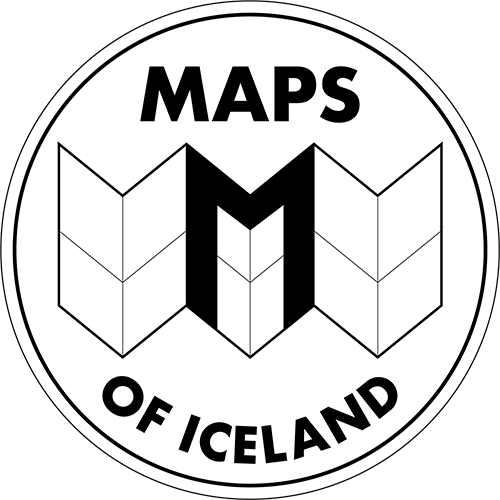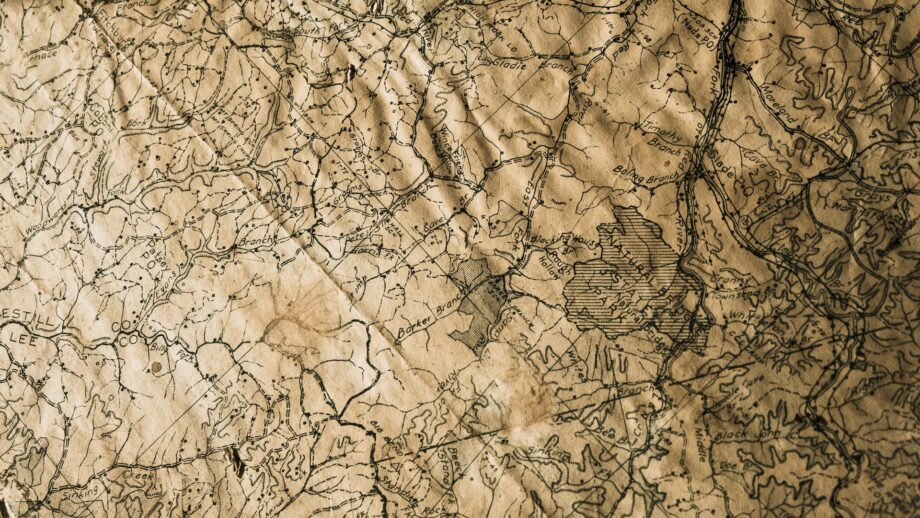For centuries, cartographers have attempted to create accurate representations of our spherical Earth on two-dimensional surfaces. While many of us are familiar with the traditional Mercator projection, there are countless other ways to depict the world map, each with its own unique perspective and set of distortions.
In this blog post, we will explore four map projections and how they shape our perception of the world: Mercator, Dymaxion, Winke Tripel, and Robinson. By understanding the strengths and weaknesses of these projections, we can better appreciate the complexities of our Earth and challenge our own biases.
1. Mercator
The Mercator projection, created by Flemish cartographer Gerardus Mercator in 1569, is likely the most recognizable map projection today. It is commonly used for navigation, preserving angles and shapes, and allowing for accurate bearings.
However, the Mercator projection is notorious for distorting areas, particularly near the poles. This results in an exaggerated size of countries at high latitudes, such as Greenland and Russia, leading to a Eurocentric perspective that has been widely criticized.
What This Projection Reveals about Your World Perception: If you primarily rely on the Mercator projection, you may unconsciously hold a distorted view of the relative sizes of countries and continents. This can influence your understanding of global geography, politics, and economics.
2. Dymaxion
The Dymaxion projection, developed by American architect and inventor R. Buckminster Fuller in 1943, is an unconventional and innovative approach to mapping the world. This projection unfolds the Earth onto an icosahedron, which can then be flattened into a two-dimensional map with minimal distortion.
The Dymaxion map is unique because it shows the continents as a single, uninterrupted landmass, emphasizing the interconnectedness of the world’s ecosystems and human societies.
What This Projection Reveals about Your World Perception: If you are drawn to the Dymaxion map, you may appreciate a more holistic and unified perspective of the Earth. This projection challenges traditional notions of borders and boundaries, encouraging a global mindset.
3. Winke Tripel
The Winke Tripel projection, created by German cartographer Oswald Winkel in 1921, is a compromise projection that balances the distortions of area, shape, and distance. This projection has been adopted by the National Geographic Society as their standard for world maps since 1998.
The Winke Tripel projection is particularly effective at minimizing the distortion of landmasses, resulting in a more accurate representation of the Earth compared to the Mercator projection.
What This Projection Reveals about Your World Perception: If you are a fan of the Winke Tripel projection, you likely value balance and accuracy in your worldview. This map offers a more equitable representation of countries and continents, fostering a more nuanced understanding of global geography.
4. Robinson
The Robinson projection, developed by American cartographer Arthur H. Robinson in 1963, is another compromise projection that seeks to balance the various distortions inherent in flat maps.
The Robinson projection presents a pleasing visual appearance, with minimal distortion along the equator and gradually increasing distortion towards the poles. This projection has been famous for its aesthetic appeal but has been criticized for its lack of mathematical precision.
What This Projection Reveals about Your World Perception: If you gravitate towards the Robinson projection, you may prioritize aesthetics and visual harmony in your understanding of the world. While this map is less accurate than the Winke Tripel, it offers a more balanced view than the Mercator projection.
Final Thoughts
Each map projection offers a unique perspective on our world, shaped by the priorities and values of the cartographer. By exploring different map projections, we can challenge our own biases, expand our understanding of the Earth, and appreciate the rich diversity of perspectives that exist.
Are you looking for beautiful framed maps online? We have maps of Iceland, Europe, Asia, and the US on posters, blankets, flags, and other products. Explore the best designs and place your order now!

